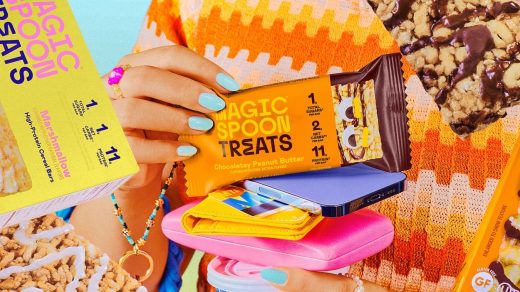Magic Spoon reinvented sugar cereal nostalgia. Now it’s taking aim at Rice Krispies treats
Four years ago, Magic Spoon skyrocketed to direct-to-consumer fame when it tapped into millennials’ nostalgia for their childhood sugary breakfast cereals with a product that met their health standards as adults. Flavors that harked back to Cocoa Puffs, Fruity Pebbles, and Frosted Flakes served in a high-protein, low-carb, and no-sugar cereal, packaged perfectly for the ‘Gram.
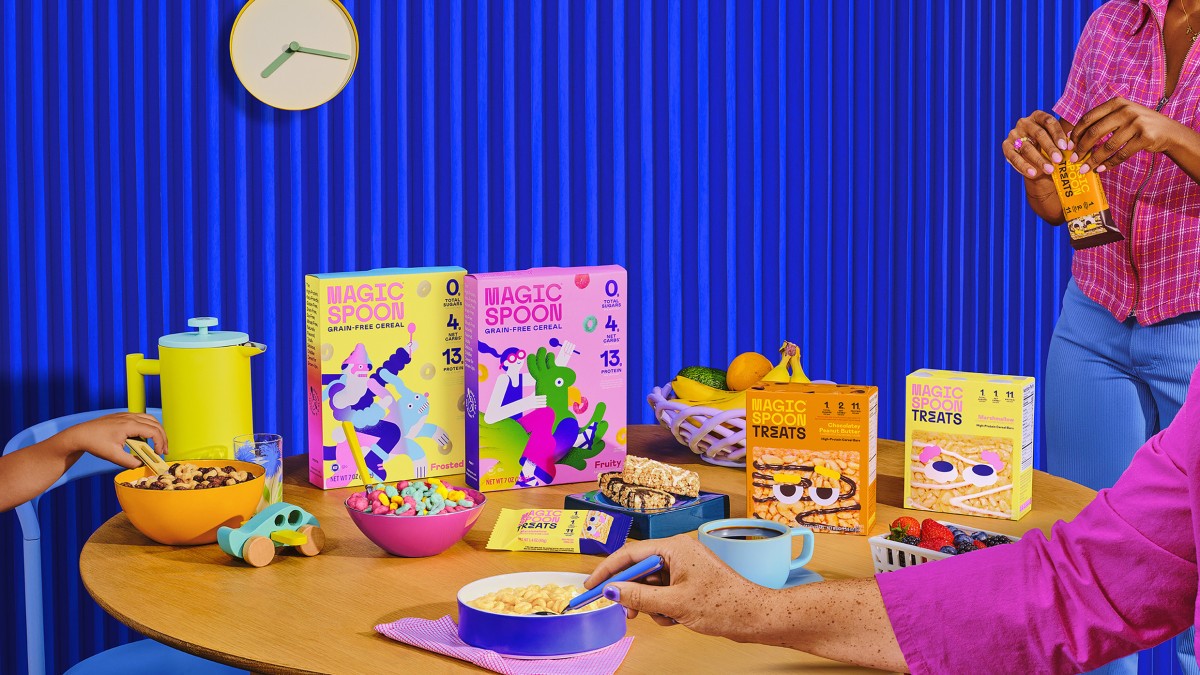
While Magic Spoon has launched 26 new and limited-edition cereal flavors, ranging from Birthday Cake to Pumpkin Spice, this week’s it’s setting its sights on a whole new category: Cereal bars. “Many classic, iconic cereal brands have had these cereal bar extensions,” says Magic Spoon cofounder Greg Sewitz. “So, we always had in the back of our head that it would be a further step along the lines of referencing all of the 1.0 cereal brands that everybody knows and loves, and putting our spin on it and doing our version.”
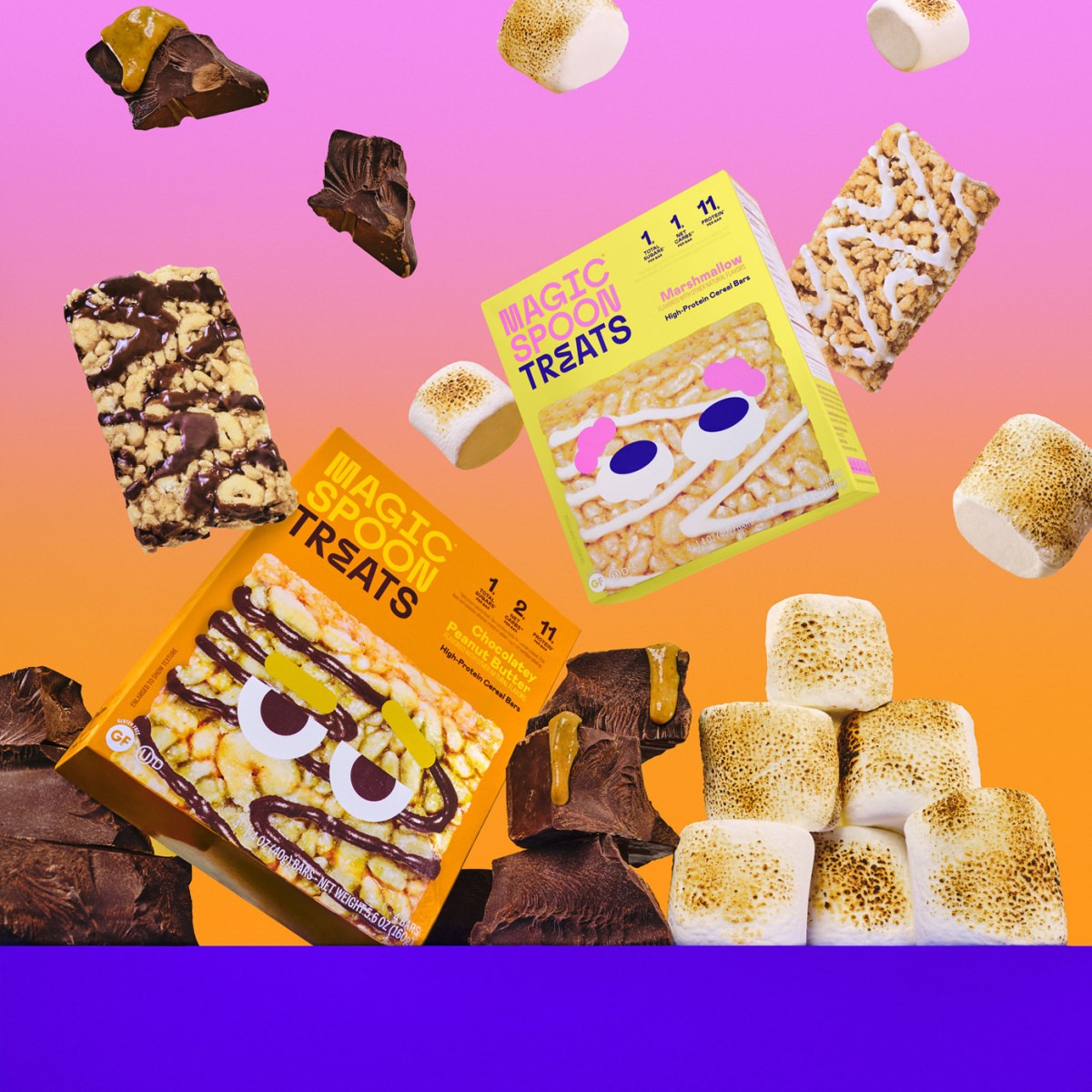
Magic Spoon Treats are hitting the company’s online store in two initial flavors: marshmallow and chocolate peanut butter. Sticking to the brand’s successful high protein, low- or no-sugar formula, the treats also extend Magic Spoon’s nostalgic vibes by looking and tasting like something that closely resembles a classic Rice Krispies treat.
It’s an audacious, albeit logical, brand extension. Kellogg’s first put the recipe for Rice Krispies treats on its cereal boxes back in 1940, vaulting the gooey snack into the culture. For Magic Spoon, its cereal bar’s inspiration happened the other way around. Cofounder Gabi Lewis tells me that customers were constantly in touch with ideas for their cereal, including posting recipes for Magic Spoon cereal bars and tagging the brand. Up to now, though, Lewis and Sewitz were reluctant to deviate from the core product.
“We had so many online customers that the product and the brand resonated with so strongly that we were very reluctant to devote any headspace, resources, or team time to anything beyond just high-protein, low-carb cereal,” says Lewis. “Nevertheless, customers kept asking, and it felt like we were coming to a time where our cereal business was mature enough. So, we were looking at categories, thinking through which might fit, and the idea of a treat kept rising to the top.”
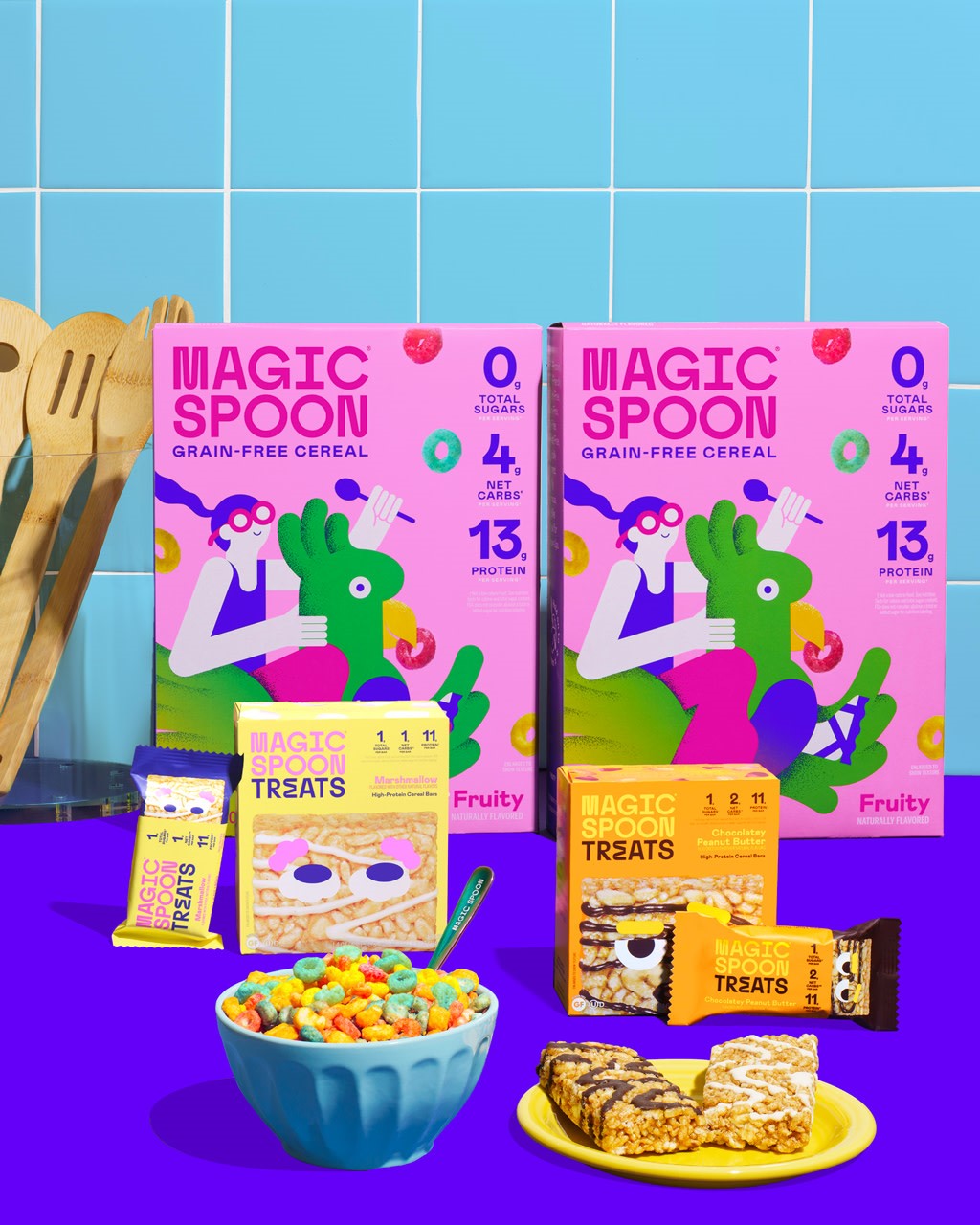
The addition also comes at an interesting time for Magic Spoon. The company has raised more than $100 million in funding and attracted more than 400,000 Instagram followers. Magic Spoon also had more than one million online customers before entering retail, with distribution in Target, Walmart, Kroger, Albertsons, and Sprouts stores.
After a little market and category research, Sewitz and Lewis found that while cereal aisles are still primarily made up of incumbent brands, over on the protein and cereal bar aisle it was Thunderdome.
“The bar aisle is filled with little scrappy startups, and some of that is around just the logistics of production,” says Lewis. “You can’t be making boxes of cereal and selling them in your local store or farmers market. You need to make it at scale on day one. But you can be making bars in your home kitchen and scale up from farmer’s market to local grocery store to regional, and so on. So, the aisle is filled with hundreds of bars that look the same and taste the same. Standing out on that aisle is a challenge that’s going to be unique for us.”
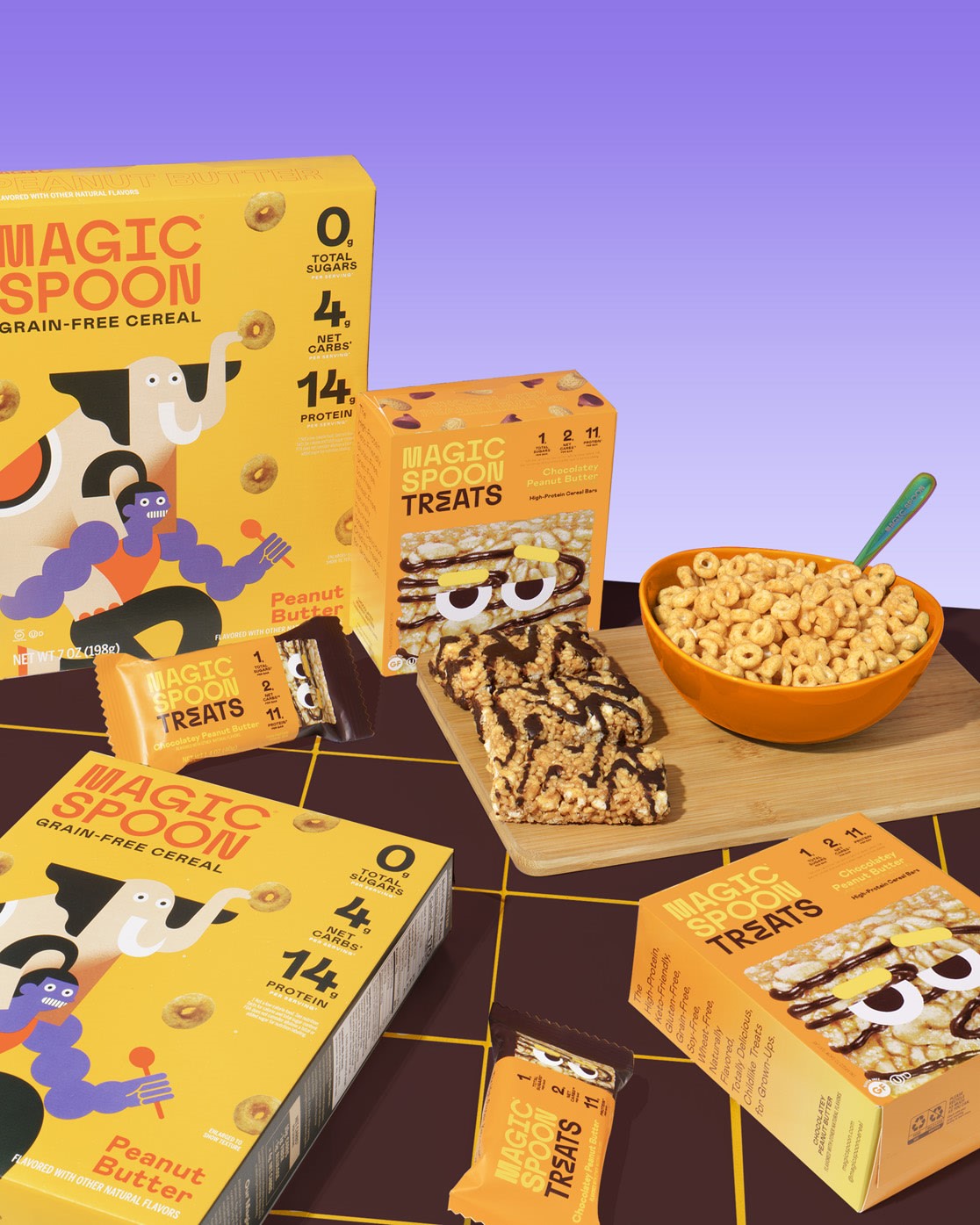
The making of a modern cereal bar
In early 2022, the company started experimenting with what a treat bar might look, feel, and taste like. Lewis and Sewitz consulted what they call their “VIP customers,” but also people who bought once and never again, as well as those who left one-star reviews.
They also mined e-commerce data from every permanent, limited-edition, and seasonal cereal flavor they’ve released. “We probably made 10 different internal flavors of the treats, because we actually found that the top-reviewed cereals didn’t necessarily translate into the best-tasting treats,” says Sewitz. “Ideally, we’d eventually like to have all of our best-selling cereals as treats, but chocolate and peanut butter is such a huge portion of what people say is their top flavor, so we knew we wanted to have that one represented. It’s also a nice contrast to the classic marshmallow.”
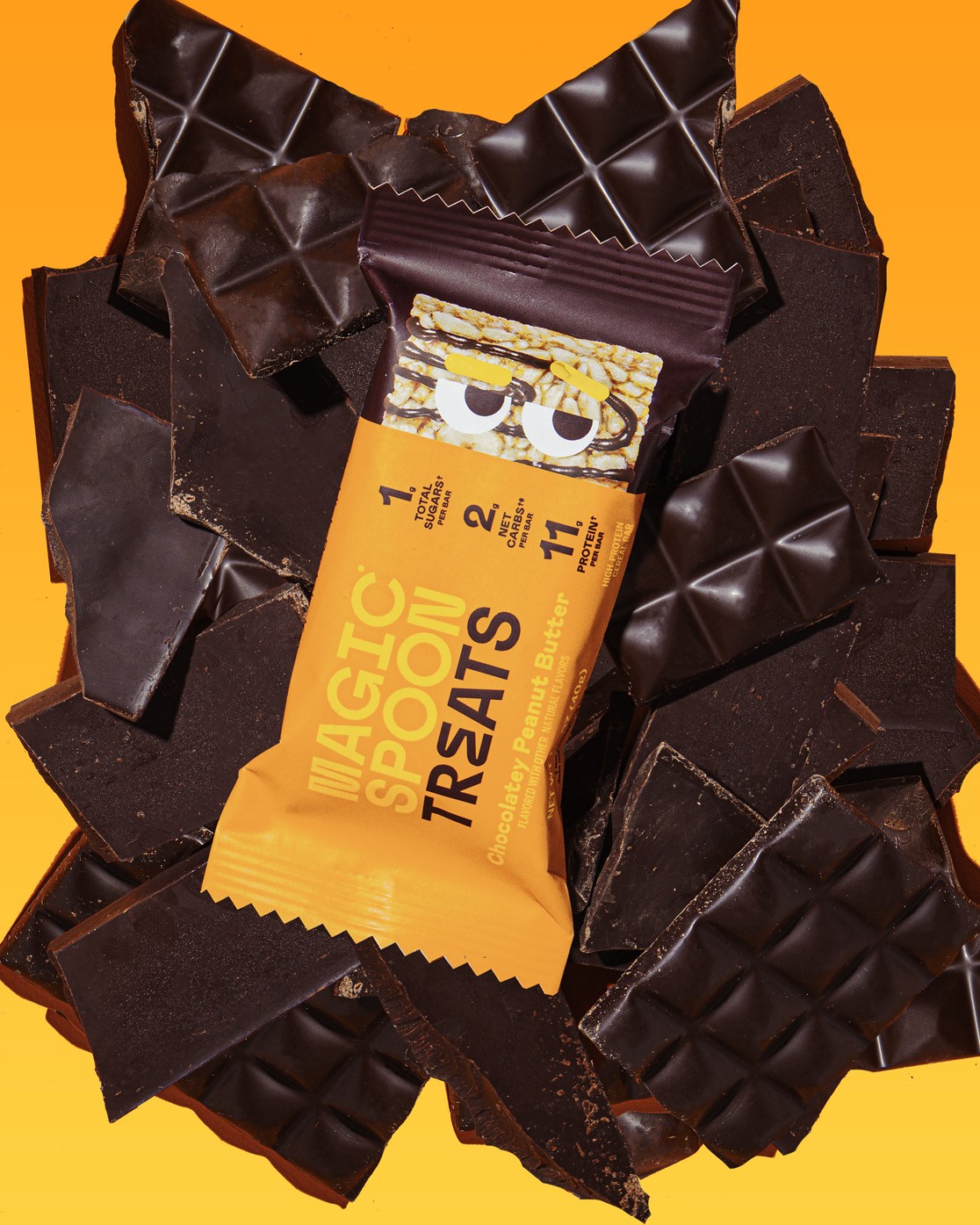
The brand extension graveyard is littered with companies that expanded into new territories too quickly, hoping to cash in on immediate popularity. Lewis and Sewitz are acutely aware of this, and used that reasoning to avoid going beyond cereal up to this point.
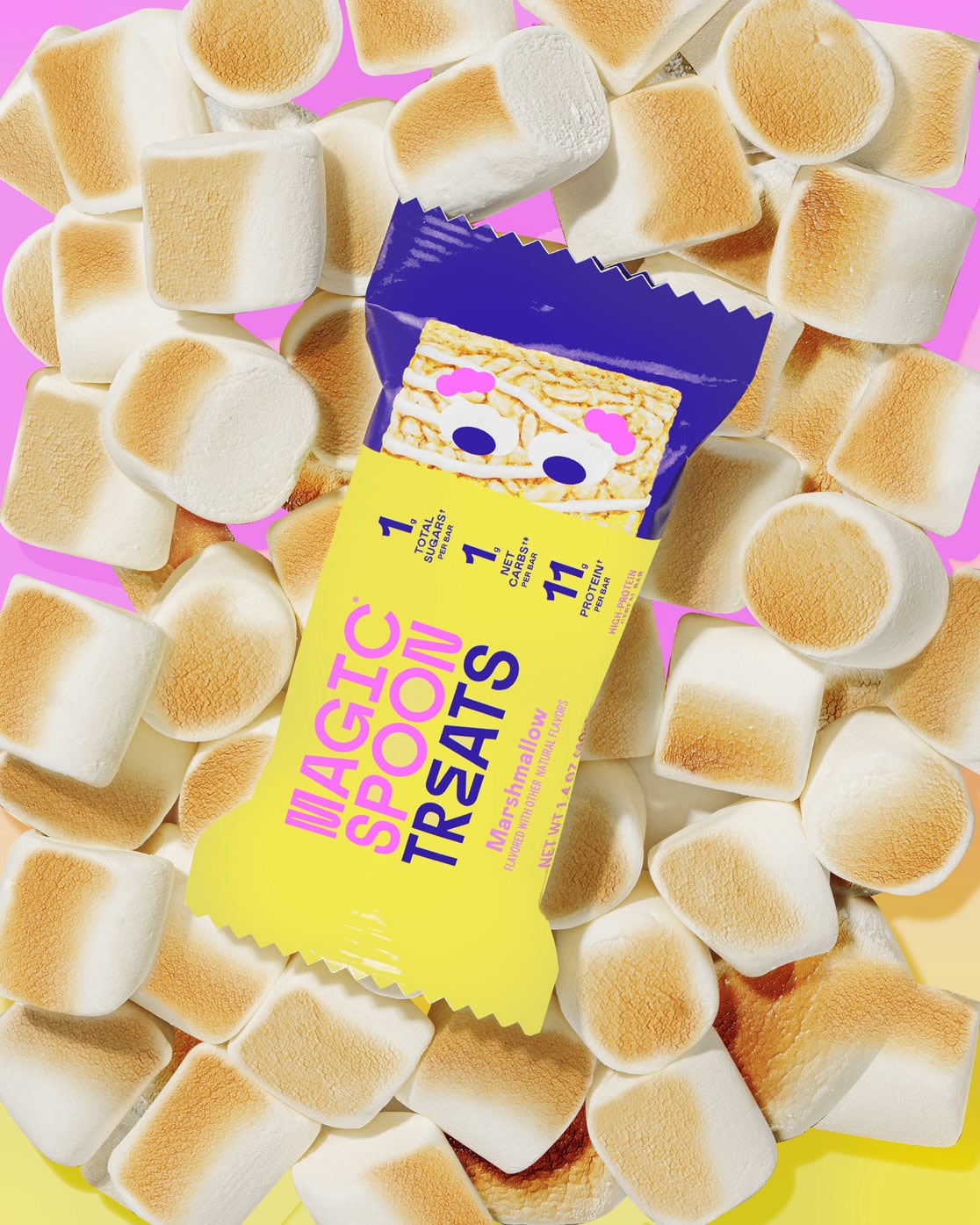
It also informed why a treat bar was the next logical step.
Sewitz says that there was a wave of cereal bars in the 1990s from traditional cereal brands that many adults are now nostalgic for. Rice Krispies, of course, not only created a packaged version of its signature treats but then even went back to the future with Rice Krispies Treats cereal. “Rice Krispies treats are very iconic, but it’s literally marshmallows melted around rice cereal,” says Sewitz. “So, we thought about what our version of a protein bar would be—incorporating nostalgia, and applying the same brand and product goals that we did with the cereal. How can we keep the joy and the fun, but make a product that is something that an adult would want to eat, and solves the challenge that they might be using a protein bar for?”
The brand also has a built-in test market in its most fervent fans through its DTC business. “It’s not just running ads on a podcast or on a social platform to trying and acquire a new customer who’s unfamiliar with us, but actually saying to our existing customers, ‘Hey, we’ve been working at this for a long time, we’re excited to unveil something new,’ and offer it to them first,” says Lewis. “There’s a bit of a playbook that we can borrow from, in how we launched limited-edition flavors in the past few years, but just do it on a much grander scale.”
Watch out, Snap, Crackle, and Pop. There’s a new magician in the kitchen.
(38)

